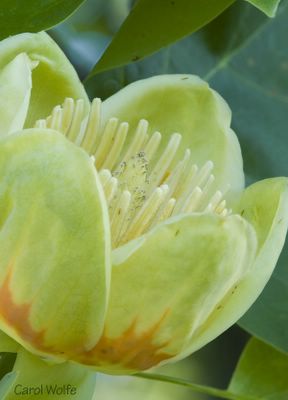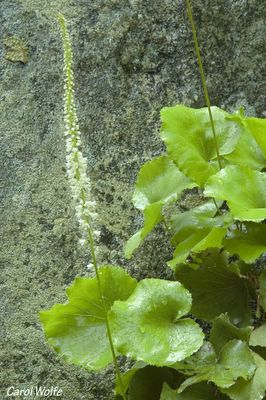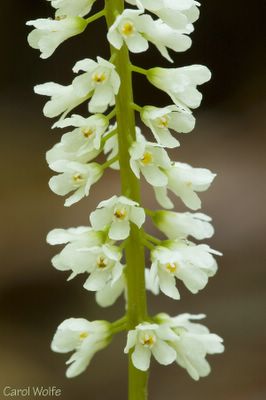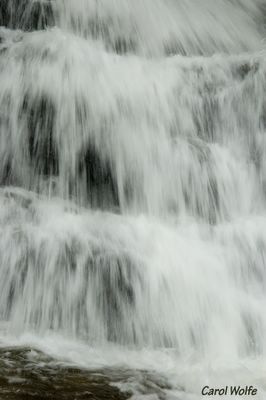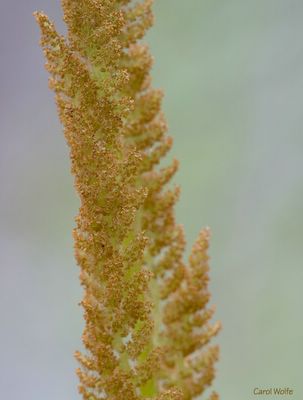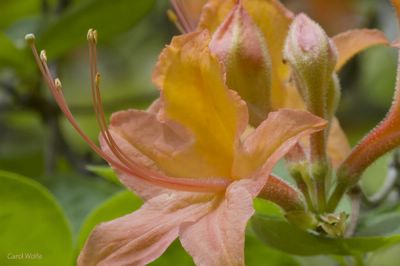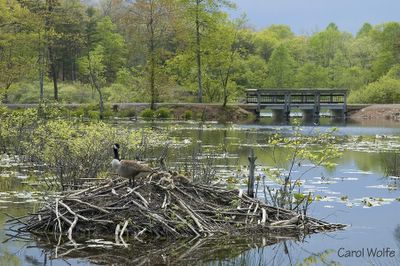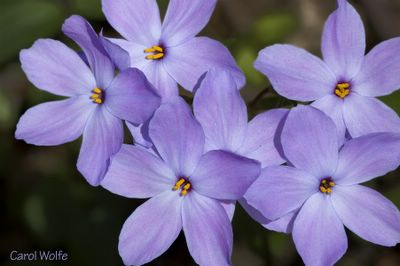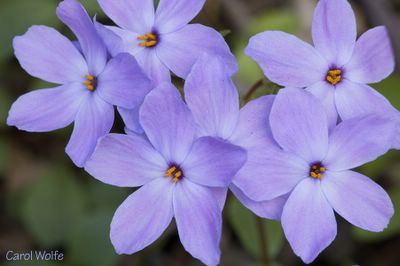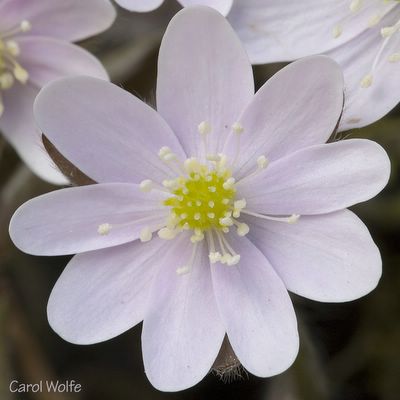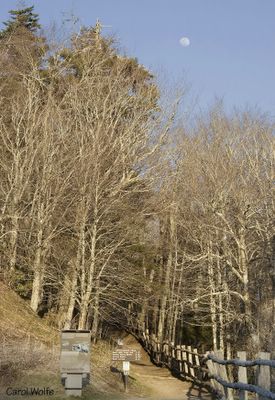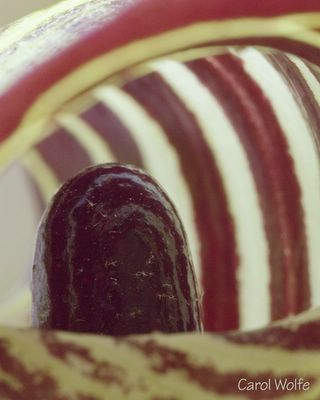Tulip Tree near Greenbriar Cove

I found this beautiful Tulip Tree near Greenbriar Cove of the Great Smoky Mountain National Park. This tree had a somewhat low branch near a small hillside, which allowed me to get a straight-across view of the flowers rather than having to look up toward the sky. Thus I was able to peer inside several flowers and get photographs too. It was about 7:30 AM on May 23, 2006, and the wind was just picking up speed. WIthin a half hour of when I arrived, the branches were blowing too wildly for even the quickest shot. Also, it had rained the night before, so the leaves and flower petals were decorated with drops of dew.

